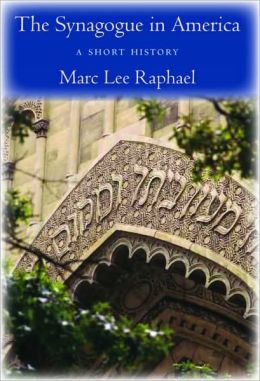…Orthodox rabbis rarely made any comments on the events unfolding on the American scene in the 1920s or early 1930s. They generally ignored race, immigration, pacifism, isolationism, the League of Nations, lynching, Sacco and Vanzetti, civil liberties, the Klan, racial segregation, industrial (textile, railroad) strikes, Einstein’s theory of relativity, modern technology, modern war, Prohibition, economic warfare, Bolshevism, political events in Europe, and the Depression. Only with the rise of the Nazis and the 1939 White Paper that drastically curtailed Jewish immigration to Palestine, did European events become part of their sermons. Instead, they talked about Torah (which, all Orthodox rabbis agreed, God had revealed verbally to Moses at Mt. Sinai), commandments (“word of God,” they all agreed), ceremonies, customs, observances, rituals, holidays, festivals, and themes associated with the calendrical events in the Jewish/Judaic year. The scientific and philosophical literature of their day was useful primarily to support the conclusions of Judaic values and beliefs.
Marc Lee Raphael, The Synagogue in America: A Short History (New York & London: New York University Press, 2011), 90.
